Polyscias scutellaria, also known as Fabian aralia or shield aralia, is a popular houseplant grown for its lush, tropical foliage. This attractive plant is native to New Guinea and features dramatically large, deeply cut leaves that give it a unique, exotic look. With the right care, polyscias scutellaria makes an excellent addition to any indoor environment.
This article provides a complete guide to successfully growing polyscias scutellaria as a houseplant, covering everything from its description and natural origins to how to propagate, repot, prune, and troubleshoot common issues. Follow the tips outlined here and you’ll have a healthy, thriving polyscias scutellaria displaying its signature bold foliage.
Overview of Polyscias Scutellaria
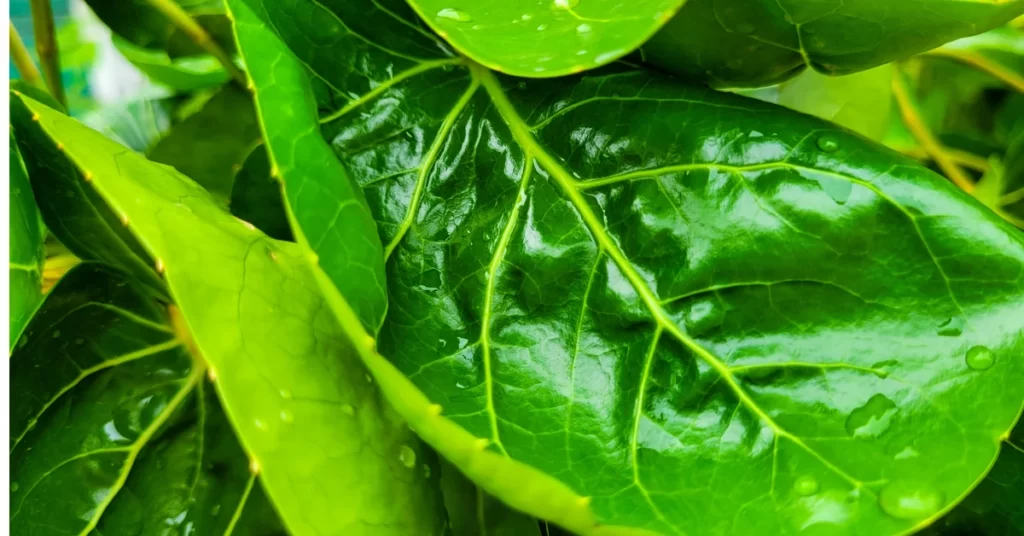
Description
Polyscias scutellaria is a flowering evergreen shrub that grows as a small, bushy tree in its native habitat but is more commonly grown as a houseplant. This plant features large, deeply cut leaves divided into 5-9 leaflets. The leaflets have toothed margins and are oval or spear-shaped. Leaves emerge bronze when young but mature to a lush dark green with bronze undertones.
The foliage has an exotic, tropical look, with new growth being the most dramatically large and divided. Tiny white flowers may bloom in maturity but are generally insignificant. The plant takes on a vase-like shape with multiple stems growing from the base when grown indoors.
Natural Habitat
In the wild, polyscias scutellaria is native to the tropical rainforests of Papua New Guinea, Solomon Islands, and Queensland, Australia where it thrives in warm, humid, shady conditions.
Size and Growth
- As a houseplant, polyscias scutellaria typically reaches 2-4 feet in height when grown indoors.
- It has a bushy habit, spreading 3-5 feet wide at maturity.
- Growth rate is moderate under ideal conditions.
- Outdoors in optimal tropical environments, polyscias scutellaria can grow into a small tree up to 15-20 feet tall.
Growing Conditions of Polyscias Scutellaria

Polyscias scutellaria thrives when provided with conditions that replicate its preferred warm, humid, tropical habitat. Pay special attention to the factors below to keep your plant healthy and looking its best:
Light Requirements
Polyscias scutellaria grows best in bright, indirect light. Some morning or late afternoon sun is tolerated but avoid prolonged direct sun which can scorch leaves. Bright, south or west facing windows are ideal. Low light will cause stunted growth.
Soil Requirements
Use a rich, well-draining potting mix with ample organic matter like peat moss or compost. Soil pH should be slightly acidic, around 6.0-6.5. Polyscias scutellaria is sensitive to salts and fertilizer buildup so a loose, porous soil is key.
Watering Needs
Keep soil consistently moist but not soggy. Allow the top inch to dry out between waterings then soak thoroughly until excess drains from holes at the bottom. Mist leaves occasionally to boost humidity around the plant. Reduce water slightly in winter when growth slows.
Temperature and Humidity
Polyscias scutellaria thrives in average room temperatures between 65-80°F. Avoid drafty areas and drops below 50°F. High humidity is adored by this tropical plant. Maintain levels between 50-60% humidity if possible. Group with other plants and use a humidifier or pebble tray to help increase moisture in the air.
Propagation of Polyscias Scutellaria
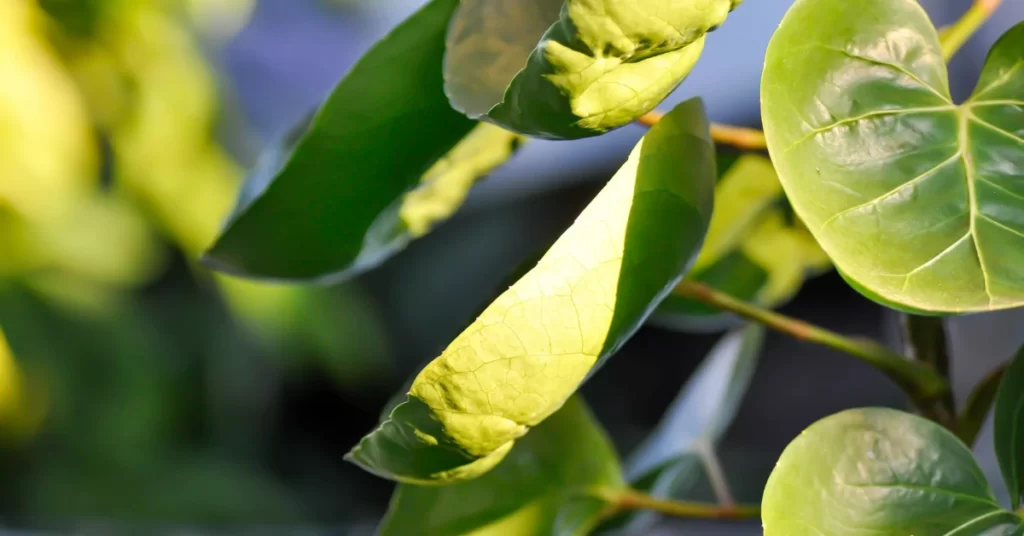
Propagating polyscias scutellaria allows you to easily multiply your plant or create new starts to gift to fellow gardeners. This species propagates well from both stem cuttings and air layering.
Propagation from Cuttings
Take 6-8 inch tip cuttings from mature stems in spring using clean, sharp shears. Remove lower leaves and dip the cut end in rooting hormone powder. Plant in sterile potting mix like perlite or vermiculite. Enclose in a plastic bag or propagation dome to retain humidity and place in filtered light. Roots should emerge in 4-8 weeks. Gradually acclimate young plants before transplanting.
Propagation from Air Layering
Air layering involves inducing roots to form on a portion of the stem while still attached to the parent plant. Select a healthy stem and remove leaves and aerial roots from a 3-4 inch section. Wrap the section with sphagnum moss then seal in a plastic bag secured with twist ties or wire. Keep moist. Once roots form through the moss in 2-3 months, cut below the newly rooted area and pot up the new plantlet.
Repotting and Pruning
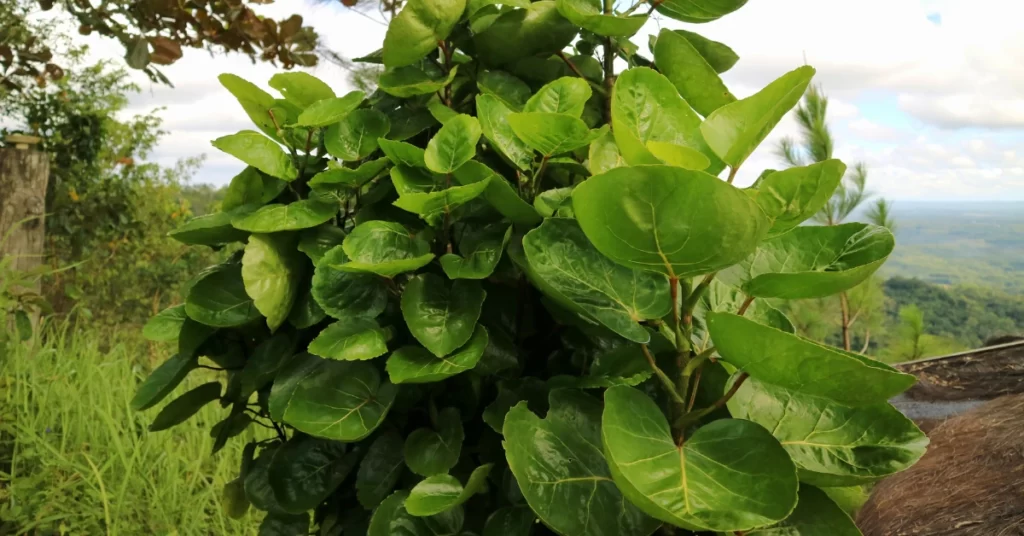
Providing proper care through repotting and judicious pruning will keep your polyscias scutellaria shapely and healthy.
When to Repot
Repot polyscias scutellaria every 1-2 years in the spring. Move to a container only 1-2 inches larger to avoid overpotting. Too large of a container can lead to waterlogged soil. Repotting yearly while the plant is young encourages bushy growth.
How to Repot
Knock the plant gently from its old pot and loosen circled roots with your fingers or a knife. Prune off any diseased roots. Place into fresh, well-draining potting mix suitable for tropicals, keeping it at the same level as before. Water thoroughly after repotting and allow your plant to adjust before resuming fertilizing.
When to Prune
Prune off any dead, damaged, or diseased growth as needed year round. In spring you can trim off leggy stems or shape overgrown plants. Remove old foliage as new leaves emerge to keep plants looking their best. Never cut back past leaf nodes or bare stems.
How to Prune
Use clean, sterilized shears when pruning. Make cuts just above leaf nodes at a 45 degree angle. Pruning heavily will reduce size but can also decrease fullness. Remove only up to 1/3 of foliage at one time, then allow your plant to rebound before additional trimming.
Common Pests and Diseases

Polyscias scutellaria is generally pest and disease resistant when provided adequate care. However, potential problems to watch for include:
Mealybugs
These small cottony insects suck plant juices and cause stippling damage. Treat with insecticidal soap spray or neem oil solutions. Q-tips dipped in alcohol can manually remove isolated infestations.
Scale Insects
Scale appears as tiny bumps along stems and leaves, sometimes with a white waxy coating. Control with horticultural oils or insecticidal soap applications. Severe infestations may warrant pruning or chemical treatments.
Root Rot
Overwatering can lead to fungal root rot. Allow soil to dry out between waterings and discard affected plants. Improve drainage for prevention.
Leaf Spot Disease
Various fungal leaf spots may develop. Prune affected foliage and avoid overhead watering. Apply appropriate fungicides at first sign of infection according to product labels.
Displaying Polyscias Scutellaria

Polyscias scutellaria makes a striking display plant with its huge, jungle-like foliage. Allow it to grow bushy and full or train it to a trellis or post for a tree-like silhouette. Place it centrally as a bold accent plant or mass several in a row for high-impact texture and color.
The deep green and bronze hues pop against white or pastel backdrops. Group with flowers and foliage of contrasting shapes and textures for added drama.
Conclusion
With its exotic, architectural leaves that add intrigue to indoor spaces, polyscias scutellaria is a must-have houseplant for enthusiasts desiring unique greenery. Though tropical in origin, this plant can thrive as a houseplant with bright, indirect light and consistent moisture. Allow soil to dry out somewhat before watering thoroughly again. Mist frequently and provide average room temperatures for ideal growth.
Repot and prune annually to maintain an attractive shape. Propagate new plants from cuttings or air layering with ease. Protect from excessive sun and pests like mealybugs and scale while providing good air circulation. With the proper care outlined here, polyscias scutellaria will flourish, rewarding you with its vibrant colors and forms. Welcome this rare beauty into your indoor plant collection!
Frequently Asked Questions
How big do polyscias scutellaria plants get when grown as houseplants?

Indoors, polyscias scutellaria typically reaches 2-4 feet tall and 3-5 feet wide. Growth rate and maximum size depend on factors like light exposure and pot size.
Should I mist my polyscias scutellaria?
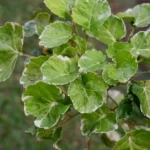
Yes, misting is recommended to provide added humidity similar to the tropical environs where polyscias scutellaria originates.Aim for 50-60% humidity.
What type of fertilizer is best for polyscias scutellaria?
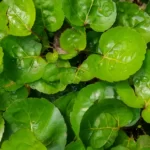
Use a balanced liquid houseplant fertilizer diluted to half strength. Fertilize monthly in the growing season from spring through summer. Avoid excess fertilization which can burn roots.
Why are the leaves on my polyscias scutellaria plant turning brown?

Brown leaf tips or margins often indicate low humidity. Increase misting and humidity around your plant. Overwatering or drought stress can also cause browning.
How can I get my polyscias scutellaria to grow fuller?
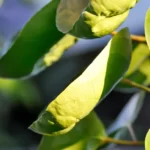
Prune leggy stems to just above leaf nodes to encourage bushier regrowth. Provide bright, indirect light and adequate water and fertilizer to support new growth. Repotting into a slightly larger container can boost fullness.
Is polyscias scutellaria toxic to pets?

Polyscias scutellaria is mildly toxic to dogs and cats if leaves or stems are ingested. The toxins can cause salivation, vomiting, and diarrhea. Keep plants out of reach of pets and children.

2 thoughts on “How to Grow Polyscias Scutellaria?”